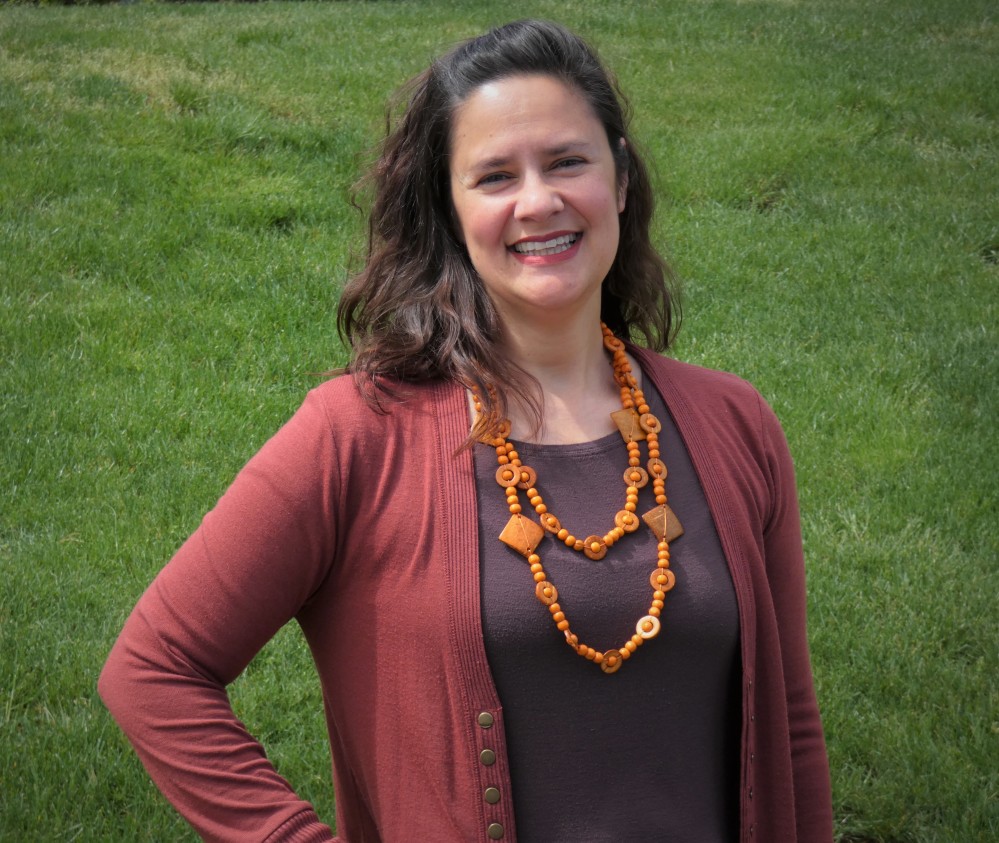Compliance with CDC guidelines: what makes a difference?
 Until there is a vaccine or effective treatments in place for COVID-19, public health experts are recommending preventative health behaviors such social distancing and wearing facial coverings in public to help stem the spread of the disease. But not everyone can or will enact these prevention behaviors.
Until there is a vaccine or effective treatments in place for COVID-19, public health experts are recommending preventative health behaviors such social distancing and wearing facial coverings in public to help stem the spread of the disease. But not everyone can or will enact these prevention behaviors.
Based on her lab’s prior work linking economic stressors (such as job insecurity and financial strain) with workplace safety behaviors, Tahira Probst, professor of psychology and an expert in occupational health psychology, and Hyun Jung Lee, a graduate student in her lab, designed a study to explore the relationship between these stressors and COVID-19 prevention behaviors among employees.

With funds from a WSU faculty mini-grant and a Marchionne research fellowship awarded to Lee, they are surveying 780 participants from across the country in seven waves over the next year. Participants answer questions ranging from job insecurity and working arrangements to their health to their views of the Centers for Disease Control guidelines. At the same time, they are compiling data on the different ways in which the states have responded to the pandemic to see how these variables might affect employee behavior as well.
Policy implications
In the first set of analyses, Probst, Lee, and Andrea Bazzoli (another graduate student in the Probst lab) tested the hypothesis that job insecurity and financial strain would act as risk factors for lower compliance with the CDC guidelines. They also looked at the severity of state restrictions such as stay-at-home orders and the generosity of the state’s unemployment insurance program, which serves as a safety net in the event of job loss.

In their first paper submitted to the Journal of Applied Psychology, titled “Economic stressors and the enactment of CDC-recommended COVID-19 prevention behaviors: The impact of state-level context,” the authors conclude that employees worried about potential job loss or paying their bills had lower compliance with the guidelines—potentially because economically stressed employees might feel less comfortable requesting to work from home or insisting on social distancing at work.
One thing did make a difference: In states with more robust unemployment benefits, compliance with guidelines was better. State restrictions, however, were another matter.
“Especially in states with extensive COVID-19-related policies, such as stay-at-home orders, travel restrictions, school closures, etc., those workers who are financially precarious are less able to follow the CDC guidelines than financially stable workers,” Lee said.
Probst added, “Ironically, state-level policies meant to benefit everyone appear to be most protective in terms of enacting the CDC guidelines for people who are more financially secure.”

The study is designed to address a situation in flux. “We think our current findings may be relevant with policymakers to think about intended as well as unintended effects of COVID-19 state policies, as well as the benefits of having a robust social safety net,” Probst said. In coming months, Probst and Lee will look more closely at company policies and the extent to which companies are enacting COVID-specific workplace safety guidelines and issues of work-life conflict. They hope to inform public policies to address the evolving crisis while also protecting vulnerable employees facing economic stress.
Top image: Stock photo of handwashing.
From Washington State University Vancouver, and also posted at WSU Insider